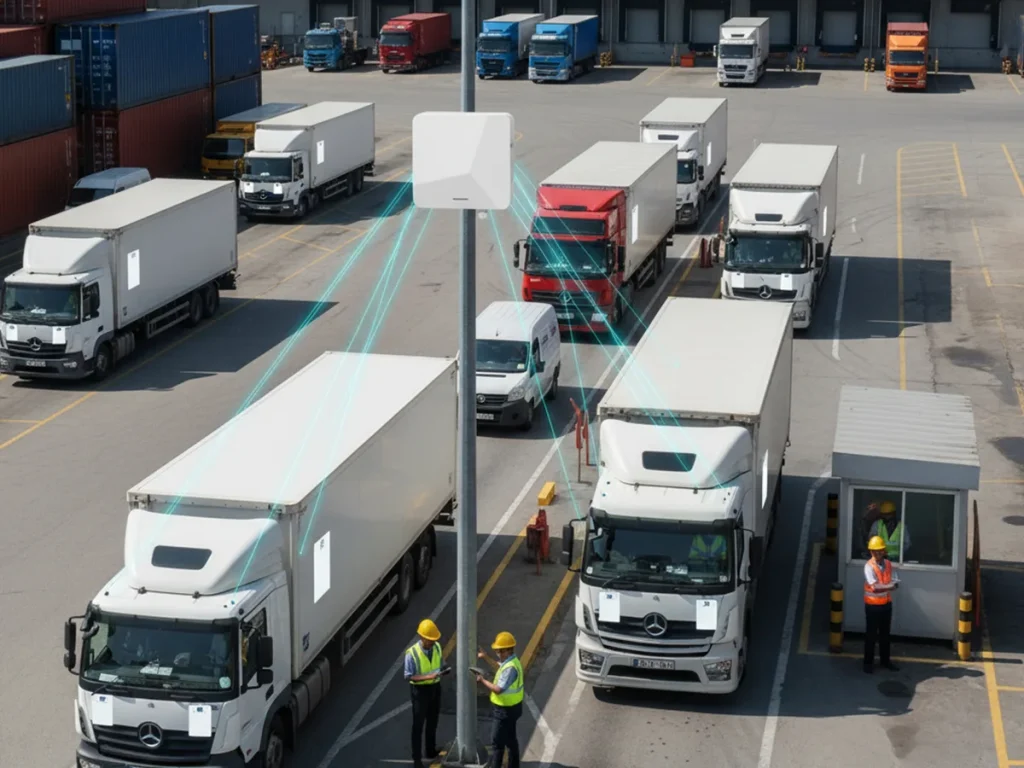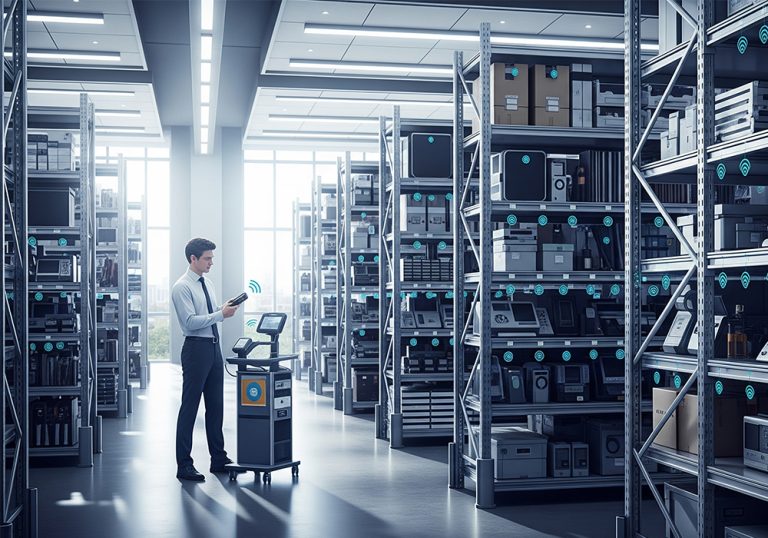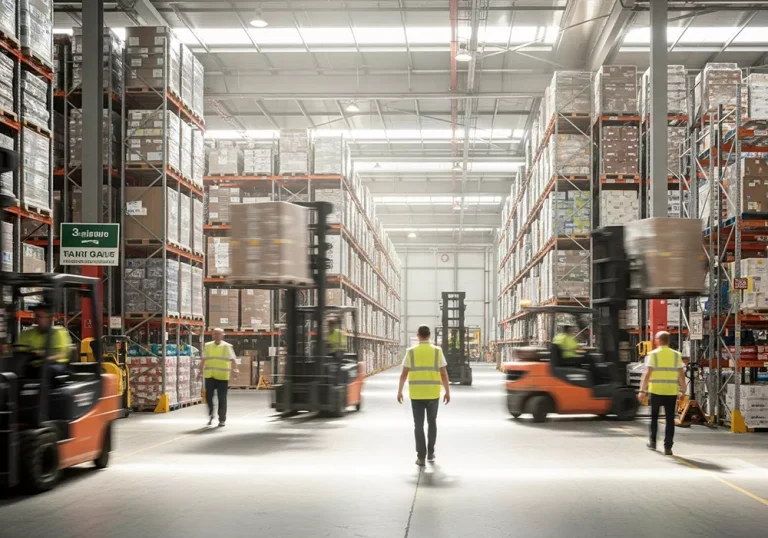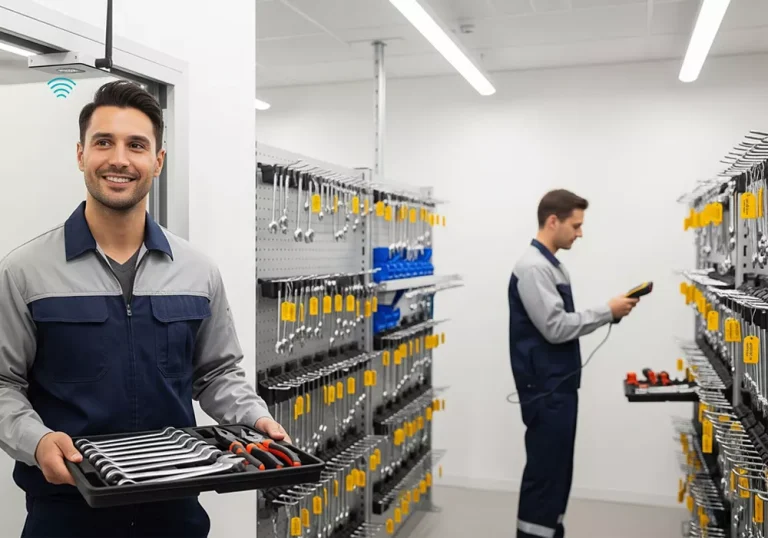
Long Range RFID Readers in Vehicle and Logistics Tracking
Keeping track of vehicles and shipments in a busy logistics hub has always been messy. Paper logs get lost, barcode scanners slow down traffic, and mistakes creep in when staff are under pressure. Over the years, long range RFID readers have moved from niche applications to becoming indispensable tools for modern fleet and warehouse operations.
Handing off control to automation: With a long range RFID reader, trucks, vans, or pallets don’t need to stop at every checkpoint. The reader detects tags from several meters away, automatically logging entries and exits. In a medium-sized warehouse I recently visited, using RFID Reader.io long range readers cut manual logging time by nearly 70%, letting staff focus on more critical tasks.

Why it works in logistics:
- Distance scanning: Tags on trailers, pallets, or even vehicle doors are picked up without needing line-of-sight. This reduces bottlenecks at gates.
- Multiple tag reads: High-density scanning ensures that dozens of items or vehicles passing simultaneously are all recorded accurately.
- Integration ease: These readers connect seamlessly with most TMS or WMS platforms. No need for costly custom middleware.
- Durability: Outdoors, under sun, wind, or dust, these readers maintain performance—something warehouses often overlook when choosing hardware.
Real-life deployment: At a port facility, long range readers from RFID Reader.io were mounted at entry gates. Trucks with RFID tags passed through while forklifts moved pallets. Data logged instantly, inventory discrepancies were caught early, and gate staff no longer needed to manually inspect every vehicle.
Takeaway: Long range RFID readers don’t just make tracking easier—they reduce errors, increase throughput, and free up human resources. They’re not futuristic gadgets; they are practical tools that solve everyday logistics headaches.
FAQ – Long Range RFID Readers in Logistics
Q1: What is a long range RFID reader?
A device capable of reading RFID tags from several meters away, ideal for tracking vehicles, trailers, and cargo in logistics operations.
Q2: How does it improve fleet tracking?
It automatically logs vehicle movement, reducing manual entries, and allows real-time monitoring of assets.
Q3: Are long range readers suitable for outdoor use?
Yes. RFID Reader.io devices are built to handle harsh environments including extreme temperatures, dust, and vibration.
Q4: Can they read multiple tags at once?
Absolutely. They are designed for high-density environments, reading many tags simultaneously with accuracy.
Q5: Do they integrate with existing inventory or transport systems?
Yes. Long range readers work seamlessly with TMS, WMS, or custom fleet management software.
Q6: How far can a long range RFID reader scan?
Depending on the model and tag type, ranges can reach several meters, ideal for tracking vehicles or pallets in transit.
Q7: Are they cost-effective for large-scale logistics operations?
Yes. Automated tracking reduces labor costs, errors, and improves overall operational efficiency.
Q8: Which industries benefit most from long range RFID readers?
Primarily logistics, transportation, and supply chain sectors, but also applicable in warehouses, ports, and vehicle fleet management.
Send Us An Email
Feel free to send us an email and we will reply to you as soon as possible.



